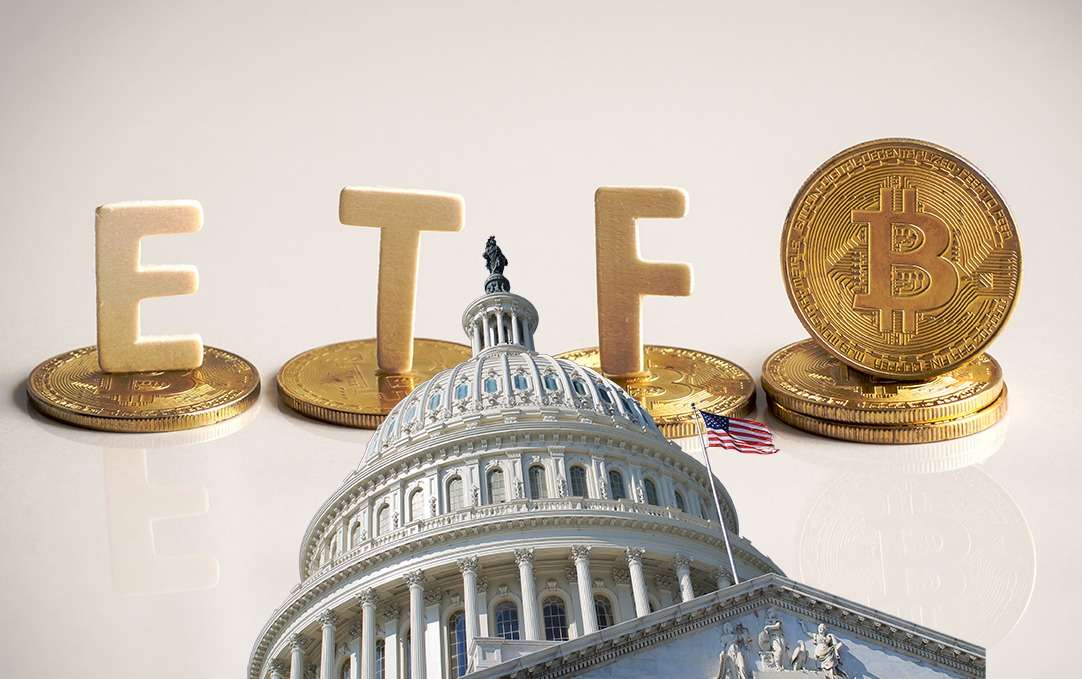“Gold proved value through time. Bitcoin proves value through code.” – DNA Crypto Knowledge Base.
Amidst concerns about inflation, prudent investors are turning to alternative assets to preserve their purchasing power and long-term financial stability. Gold, a time-tested haven, now has a serious contender: Bitcoin. Examining the period from 2020 to 2025, both of these sought-after assets have gained traction as inflation hedges.
In this write-up, we examine the performance and volatility of key economic indicators, such as the CPI and real yields, to help you determine which asset is better suited for these changing financial times.
Performance Overview (2020–2025)
Bitcoin (BTC)
- Price Growth: Bitcoin surged from approximately €6,400 in early 2020 to over €98,000 by May 2025, a +1,400% gain.
- Volatility: Annually, volatility ranged between 60% and 80%, indicating notable price fluctuations.
Gold (XAU)
- Price Growth: Gold increased from around €1,300 per ounce in early 2020 to circa €3,000 by May 2025, a 122% surge.
- Volatility: This precious metal maintained a more stable annualised volatility, ranging between 12% and 15%.
Inflation and Real Yields
| Category | Period | Details |
| Consumer Price Index (CPI) | 2020 | Inflation spiked to 7.0% due to the COVID-19 pandemic. |
| 2021–2022 | Maintained at 6.5% in 2022. | |
| 2023–2025 | Gradually declined to 2.4% by March 2025, aligning with the European Central Bank’s target. | |
| Real Yields (10-Year Treasury) | 2020–2021 | Real yields were negative, reaching lows of around -1.0%, due to aggressive monetary easing. |
| 2022–2025 | The shift was positive, climbing to approximately 1.67% by April 2025, particularly with the implementation of tighter monetary policy. |
Comparative Insights
1. What is the Effectiveness of Inflation Hedging?
It is safe to say that Gold demonstrated a strong positive correlation with inflation, further reinforcing its role as a traditional hedge. In contrast, Bitcoin exhibited inconsistent behaviour in response to inflationary pressures. This is especially true with performance influenced more by market sentiment and liquidity conditions.
2. Market Liquidity and Adoption
We can conclude that gold benefits from deep liquidity and widespread acceptance among central banks and institutional investors. On the other hand, Bitcoin’s liquidity has tremendously improved, especially with the introduction of ETFS and increased institutional adoption. However, it still faces regulatory uncertainties.
3. Utility and Use Cases
Gold serves industrial, ornamental, and monetary purposes, including central bank reserves. In contrast, Bitcoin is primarily a digital asset used in decentralised finance (DeFi), cross-border transactions, and Blockchain-based applications.
Investor Comparison Table (2020–2025)
| Criteria | Gold | Bitcoin | Investor Insight |
| Return on Investment | ~122% | ~1,300% | Bitcoin outperformed in returns but with higher volatility. |
| Volatility (Annualised) | 12–15% | 60–80% | Gold offers stability; Bitcoin entails higher risk. |
| Inflation Hedge | Strong positive correlation | Mixed behaviour | Gold remains a reliable hedge; Bitcoin’s role is uncertain. |
| Liquidity & Adoption | Deep, globally accepted | Growing, yet evolving | Gold is established; Bitcoin is gaining traction. |
| Utility | Industrial, monetary uses | Digital finance applications | Gold is traditional; Bitcoin is innovative. |
BTC-to-Gold Ratio Analysis
The BTC-to-Gold ratio has had its fair share of fluctuations. This shows the dynamic nature of these two classes of assets. Additionally, the ratio has formed an inverted head and shoulders pattern since 2016, with key lows in 2020 and 2023. A breakout above the 40 levels would signal a surge in Bitcoin prices.
In a Nutshell
In the last decade or so, Bitcoin and Gold have both been leveraged against inflation, each with distinct characteristics:
- Gold: Offers stability, lower volatility and a proven track record as a safe-haven asset.
- Bitcoin: Provides higher returns with greater risk, appealing to investors seeking growth and exposure to digital assets.
All in all, investors should consider their risk tolerance, investment goals and portfolio diversification when choosing between these assets.
Image Source: Adobe Stock
Disclaimer: This article is purely for informational purposes. It is not offered or intended to be used for legal, tax, Investment or financial advice.












